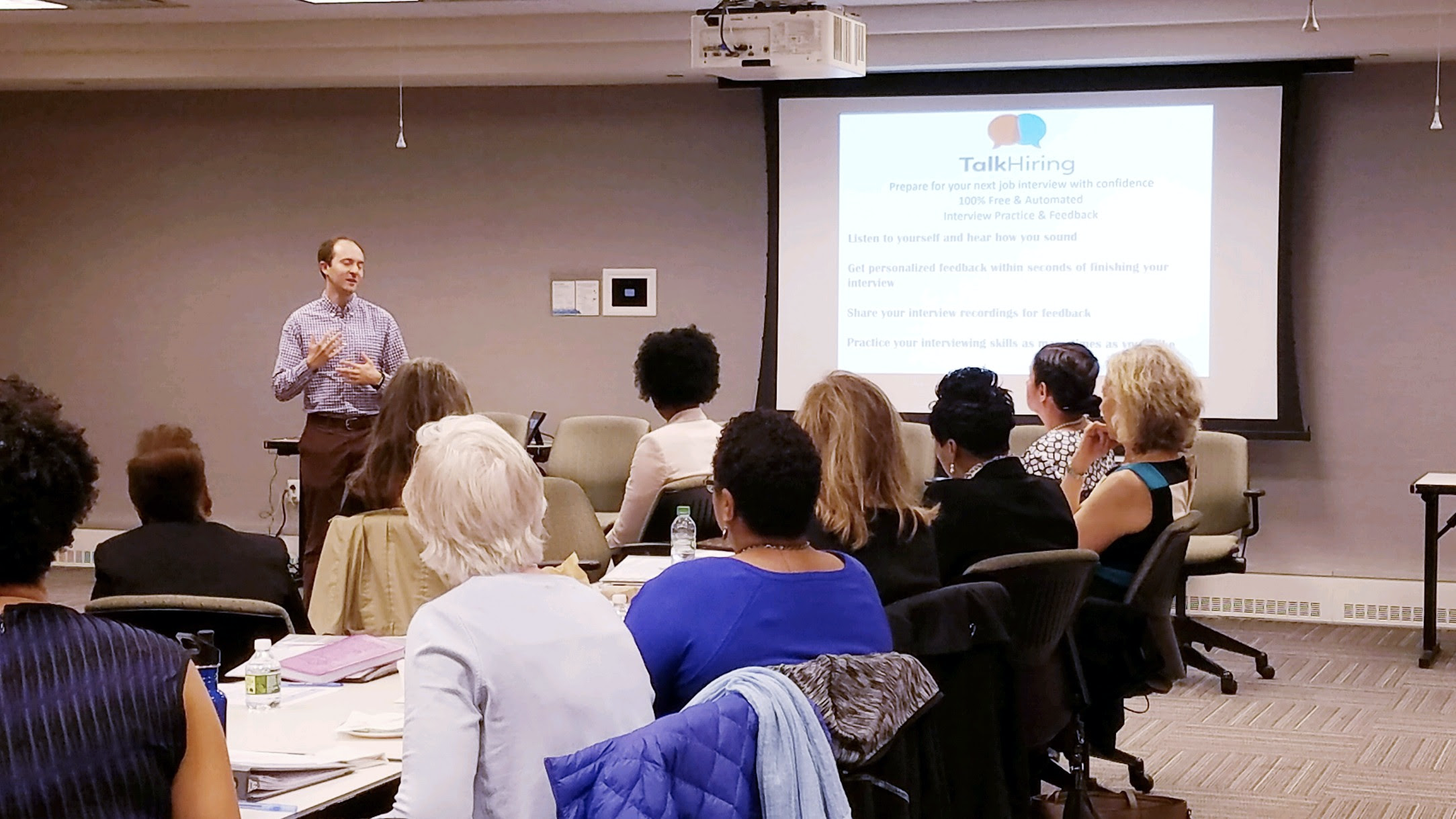27 Jul 2024
If you run a business and want to automate most of your customer support for cheap/DIY, follow these steps:
1. Organize Your FAQs
Take your frequently asked questions (FAQs) and put them in a simple, easily editable location. For us, this means using a Google Sheet.
Develop a straightforward web form for users to contact you.
3. Integrate with an LLM
Every time a user submits...
12 Feb 2021
Today was my last day of the innaugural Techstars Workforce Development Accelerator. It was the greatest entrepreneurial learning experience of my life. But, in this post, I’m not going to talk about that. I’m going to bring you back in time to September 17, 2020.
Over a period of 73 days from July 6 to September 17, I had 7 interviews with Techstars. I was also sending biweekly business status update emails to them....
13 Aug 2020
I’ve been jotting down startup ideas as they come to me for years. Most, if not all of them, are terrible. I thought it would be fun to share some of them, in case they are helpful to someone brainstorming:
- Website uptime insurance — We know that brief website outages can be extremely costly, especially for high-volume e-commerce sites. For example, Amazon had partial outages on Prime Day back in 2018 and it cost...
28 Jul 2020
Back in February of 2019, we had just started piloting our mock interviewing tool with a handful of career readiness programs. We had very few users, and I personally knew every person that was rolling out Talk Hiring in their organization.
One day in late February, Talk Hiring had a spike in mock interviews. All of the users were coming from a single high school in NJ. This was exciting, but also surprising! Who...
02 Jul 2020
I recently discovered Kevin Kwok’s Blog. I especially enjoyed his posts about the product loops in Figma and Superhuman. I was talking to Matt Ayers this week, and he helped me realize that I’m building a product loop, but this one is around customer feedback.
At Talk Hiring, we’ve built a mock interviewing tool for career readiness programs. High schools, colleges, veteran programs, and more general workforce development organizations purchase...
20 Jun 2020
“Do they see the benefit?” is what my business coach always asks me when we’re going down the list of where prospects are in the sales process. It’s all about structuring a sales process that helps the customer see that the benefits far outweigh the costs. Pricing less than customer value is a good thing! My customers are nonprofit job training programs and public schools, so I have an especially uphill battle.
We sell an...
07 Jun 2020
I was reading Clair Minson’s article on how workforce development needs a reckoning. I’ve felt many of the same feelings.
“When I started focusing on the intersection of race, racism and workforce development, I was forced to face the reality that I too had played a role in keeping Black and other non-Black workers of color economically oppressed. By designing training programs to “meet the needs” of employers rather than challenging the institutional...
25 May 2020
Over the past two years, I’ve tried some relatively unconventional strategies to user test Talk Hiring. I’m proud to have worked on a product that is so easy to use that people who claim to be “bad at computers” can still use it.
First off, a book.
I recommend The Mom Test as a good primer on how to elicit feedback from users without biasing them. Or as the author describes it: “how...
20 May 2020
Talk Hiring sells its mock interviewing tool primarily to nonprofit job training programs, and more recently, high schools. There are playbooks online on how to price online educational tools for schools, but not as much for nonprofits. I’ve spent many days squirming around, trying to figure out the optimal strategy for pricing the tool, and I thought that walking you through my pricing evolution may be helpful.
June 2019: No Longer Free Forever. We offered...
14 May 2020
We launched our mock interviewing tool in late January of 2019. This initial product was pretty basic, but we had honest interest from a handful of job training programs. We ended up running about 10 free pilots over the course of 4-5 months. Transitioning from free pilots to a paid product was messy and awkward.
Here’s a photo of me doing a pilot kickoff at Dress for Success Northern NJ: 
